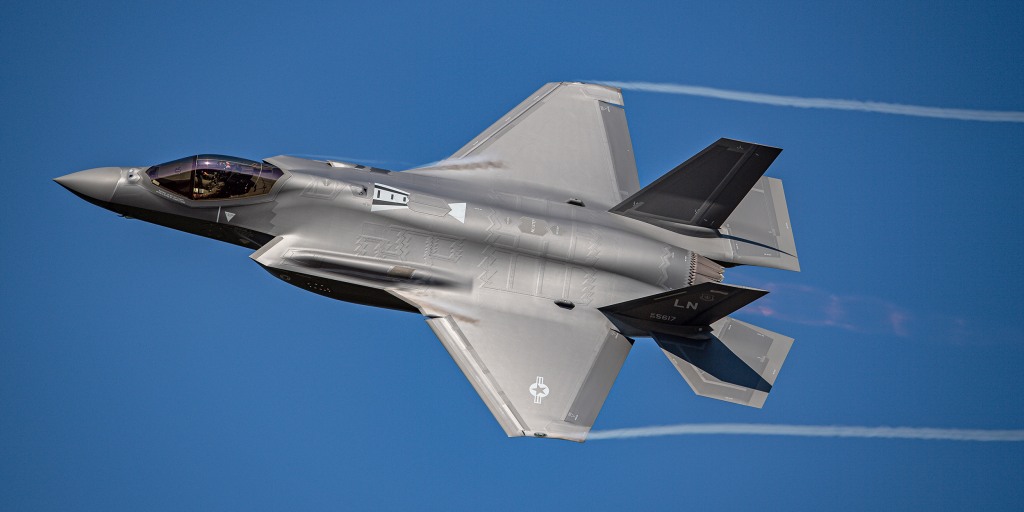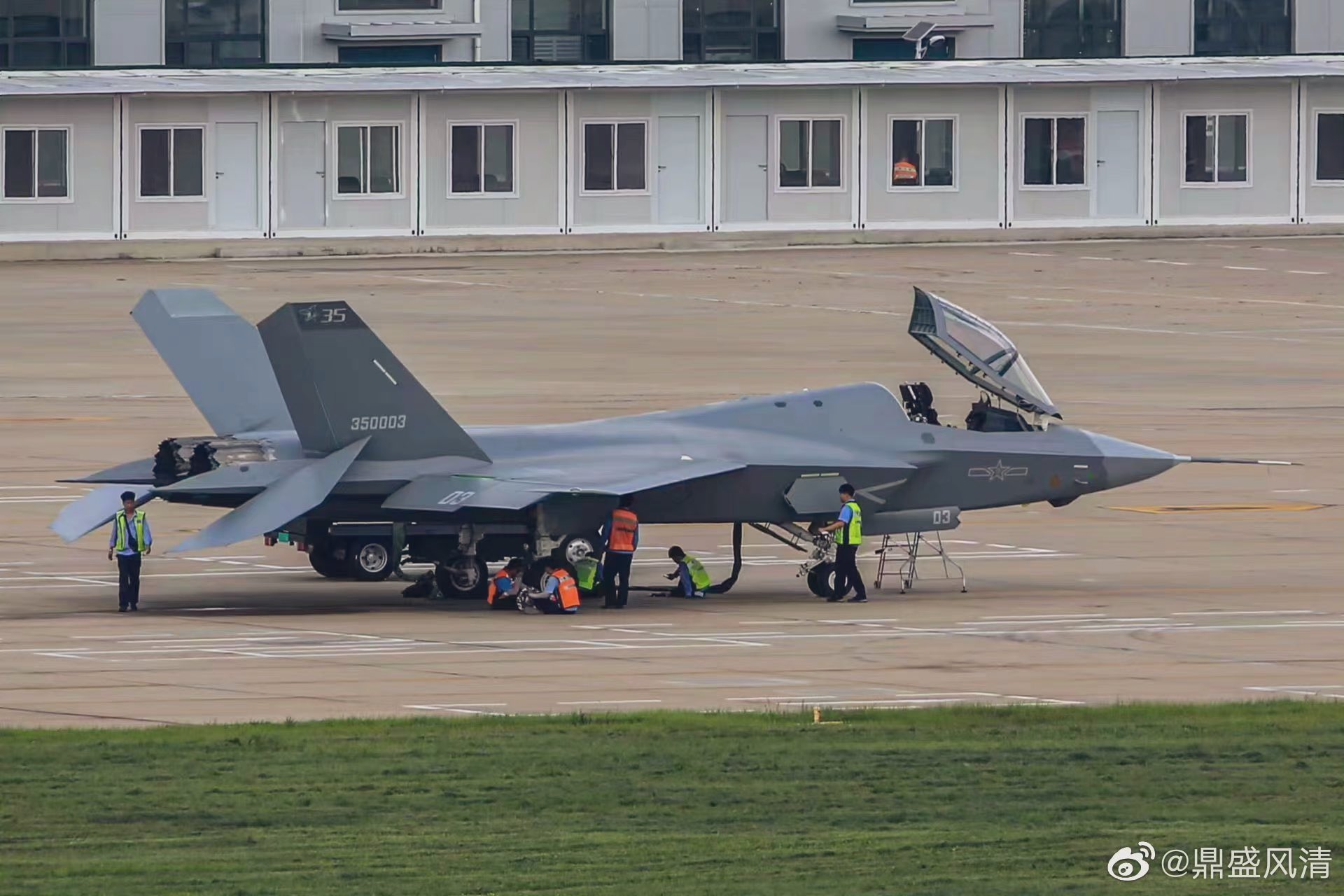14 December 2022: Bayraktar KIZILELMA first flight
25 April 2023: HÜRJET first flight
27 October 2023: Bayraktar TB3 first flight
28 December 2023: ANKA-III first flight
21 February 2024: KAAN first flight
5 new aircraft in 14 months. One would need to dig in coldwar aviation history to find an equivalent pace.
14 December 2022: Bayraktar KIZILELMA first flight
25 April 2023: HÜRJET first flight
27 October 2023: Bayraktar TB3 first flight
28 December 2023: ANKA-III first flight
21 February 2024: KAAN first flight
Relatively speaking it is "massive" compared with some other aircrafts. Kaan's rear takes design cues from F-35 such as back swept vertical stablizer and almost no gap between horizontal stablizers and main wings. J-35 also moved away from FC-31's initial design to similar effect.The horizontal stab seems massive relative to the overall size of the plane. Congrats!




From the Pilot:
- Aircraft was sending over 10.000 real time data to ground
- Test control center consists of 50 engineers from 15 different disciplines. They are able to follow the flight much earlier than I felt or saw.
- They gave clearance to me every stage of flight
- Following pilot monitoring the external view of the aircraft in case of leaking fuel.
- Movement of horizontal stabilizers are normal behavior of control characteristics of aircraft because the flight control computer wants to preserve take off very precisely during low speed and low dynamic pressure.
The first flight of the Turkish prototype of the fifth generation fighter KAAN took place today. The KAAN fighter has been developed by Turk Ucak Sanayi since 2017. The KAAN fighter should replace the American-made Turkish F-16 fighters and may compete with the F-35 and F-22 aircraft. The Ukrainian Air Force also plans to purchase the KAAN fighter. It is worth noting that the development of the fighter will continue until 2028, then they plan to begin its serial production. Developers need to improve the active phased array radar and aircraft engines. At the moment, the aircraft cannot carry out supersonic flight at cruising speed; engine development is one of the most difficult stages in the development of the aircraft. The flight of the KAAN fighter lasted 13 minutes, it reached an altitude of 2400 meters and a speed of 425 km/h.
